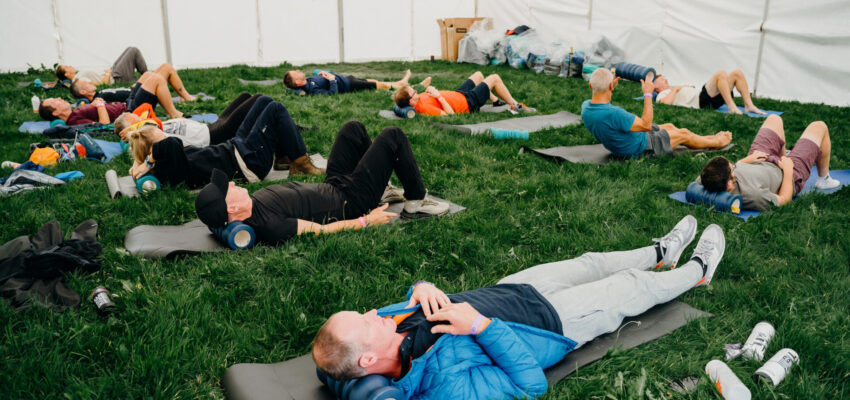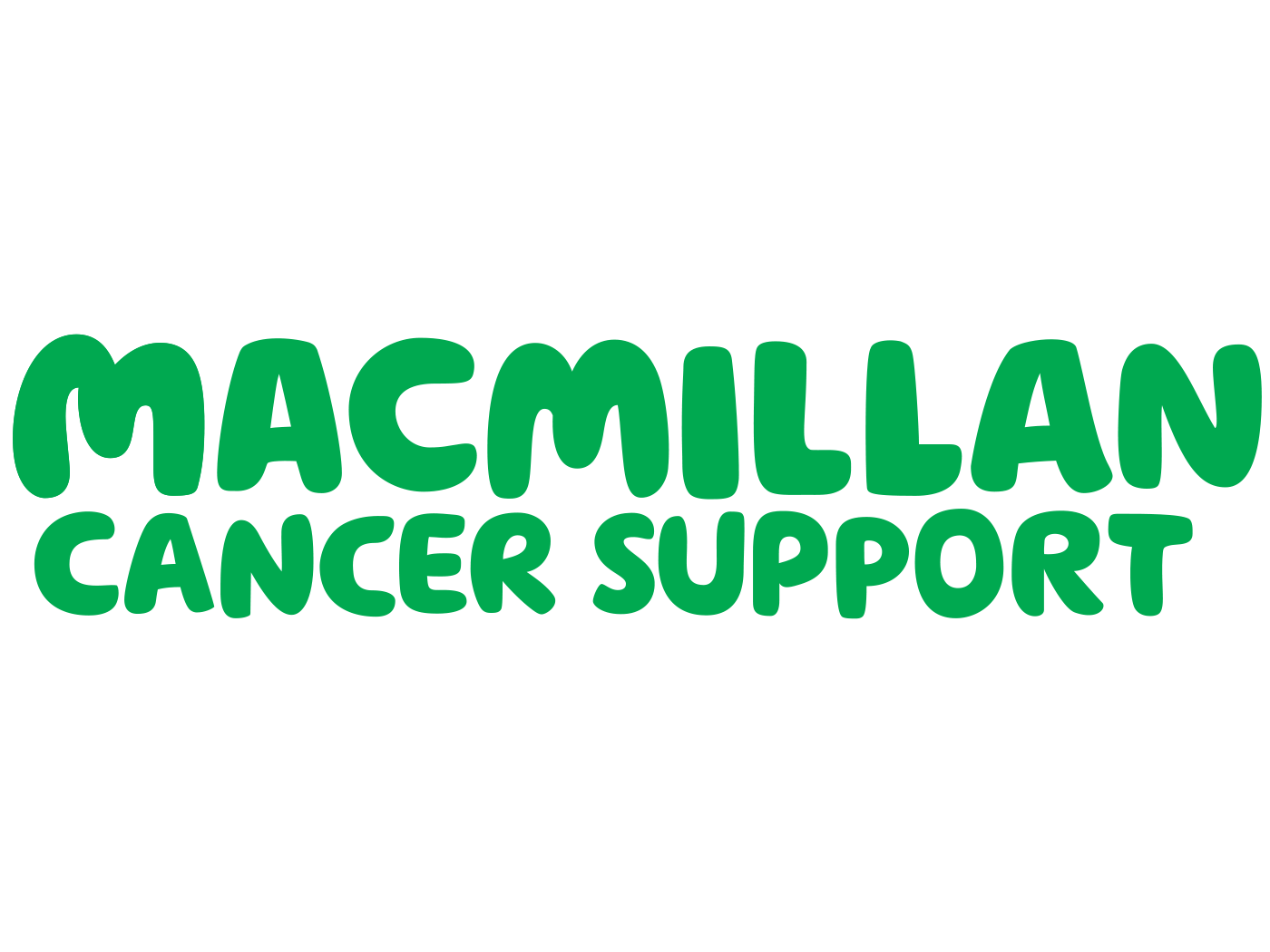Recovery isn’t just what happens when you stop running — it’s a critical part of your training. Whether you’re building up to your first Trail Series event or have just crossed a finish line with mud on your shoes and pride in your heart, how you recover will shape your performance, your consistency, and your long-term enjoyment of the sport. Here’s a focused guide to recovery — covering what to do between sessions and how to look after your body after race day.
1. Sleep: The Cornerstone of Recovery
Sleep is where the real gains happen. It’s the time when your body repairs muscle tissue, restores glycogen, and balances key hormones. Aim for 7–9 hours of quality sleep per night, and prioritise rest in the 48 hours after any long training session or race. Don’t overlook naps, especially during heavy training blocks — even 20–30 minutes can help reduce fatigue. Consistent, high-quality sleep is one of the most effective recovery tools available.
2. Nutrition: Fuel to Rebuild
What you eat after a session or race can make a big difference in how quickly you recover. Within 30–60 minutes post-run, aim for a mix of carbohydrates and protein to replenish energy stores and support muscle repair. Hydration is equally important — rehydrate with water, and consider electrolytes after long or hot runs. For post-race recovery, focus on whole foods: lean proteins, complex carbs, and colourful fruits and vegetables to help reduce inflammation and promote healing. A balanced, nutrient-rich diet will support both performance and long-term health.
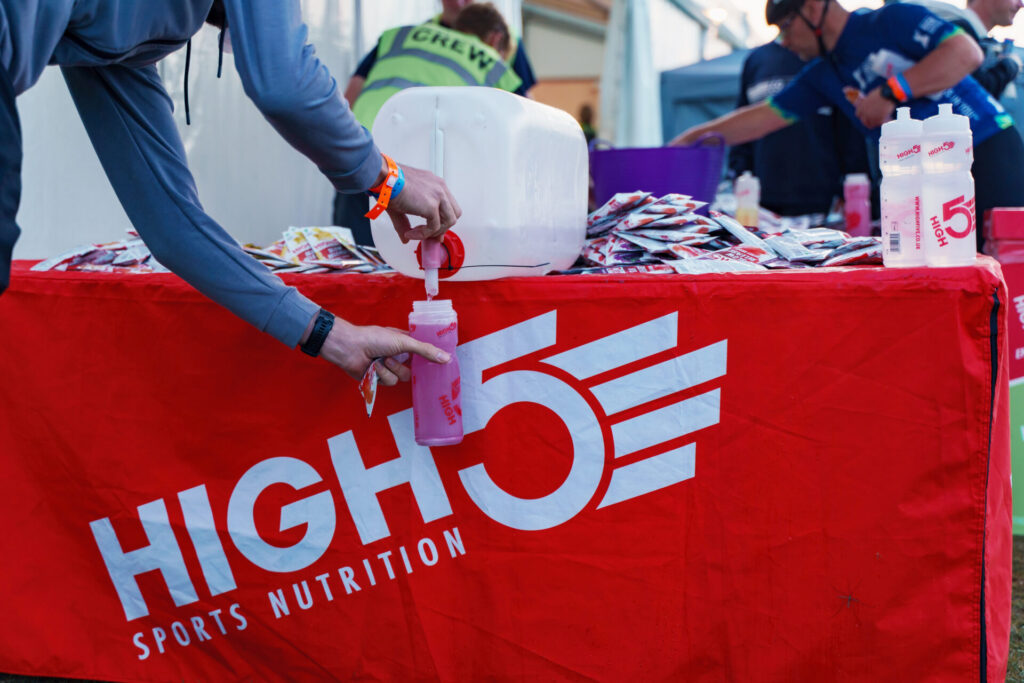
3. Mobility and Active Recovery: Keep Things Moving
Gentle movement and mobility work can help ease soreness and improve circulation. After your run, include light dynamic stretches or foam rolling to keep your muscles supple. In the days following a race, low-impact activities like walking, swimming, or cycling can promote blood flow without overloading your system. Incorporate regular mobility sessions into your weekly routine to support joint health and prevent injury.
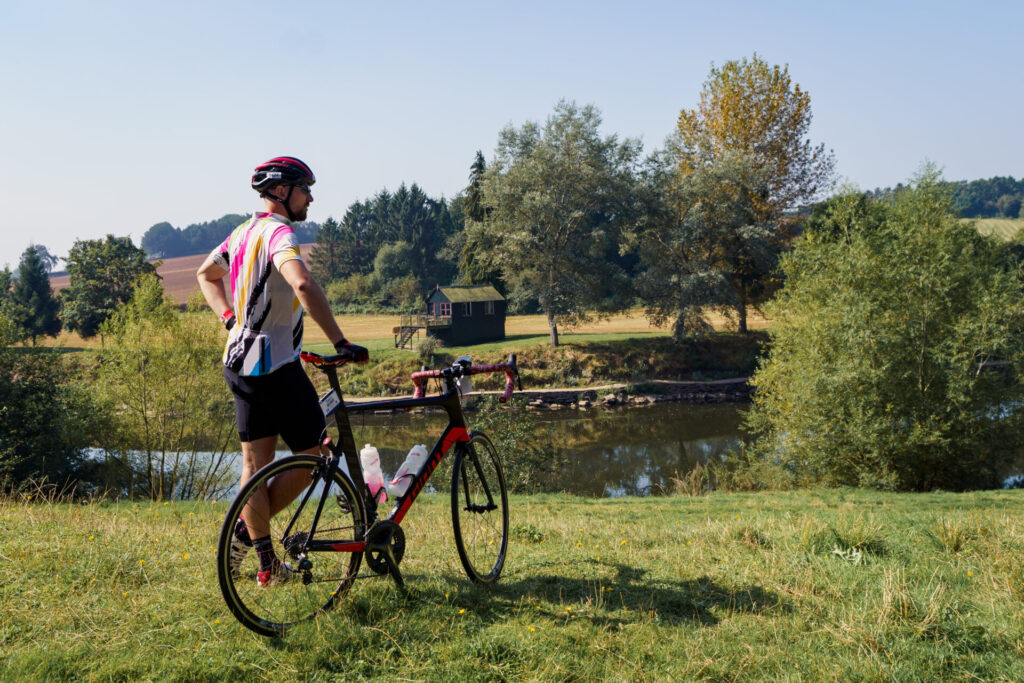
4. Rest Days: Non-Negotiable
Rest days are not a sign of slacking — they’re when adaptation occurs. Schedule at least one full rest day per week, and more after particularly hard efforts or events. Use rest days as a time to reflect on progress, plan ahead, and let your body fully absorb the work you’ve done. Recovery isn’t the absence of training — it’s part of the process.
5. Post-Race Recovery: The Bigger Picture
Recovery after a race looks different for everyone, but a few principles apply. Sleep, nutrition, and hydration remain top priorities. Give your body time to fully bounce back — it might be a few days or even weeks before you feel ‘normal’ again, and that’s okay. Avoid diving straight back into intense training. Start with gentle movement, and listen to how your body responds. Races are peak efforts. Treat them with respect, and allow the proper time to recover.
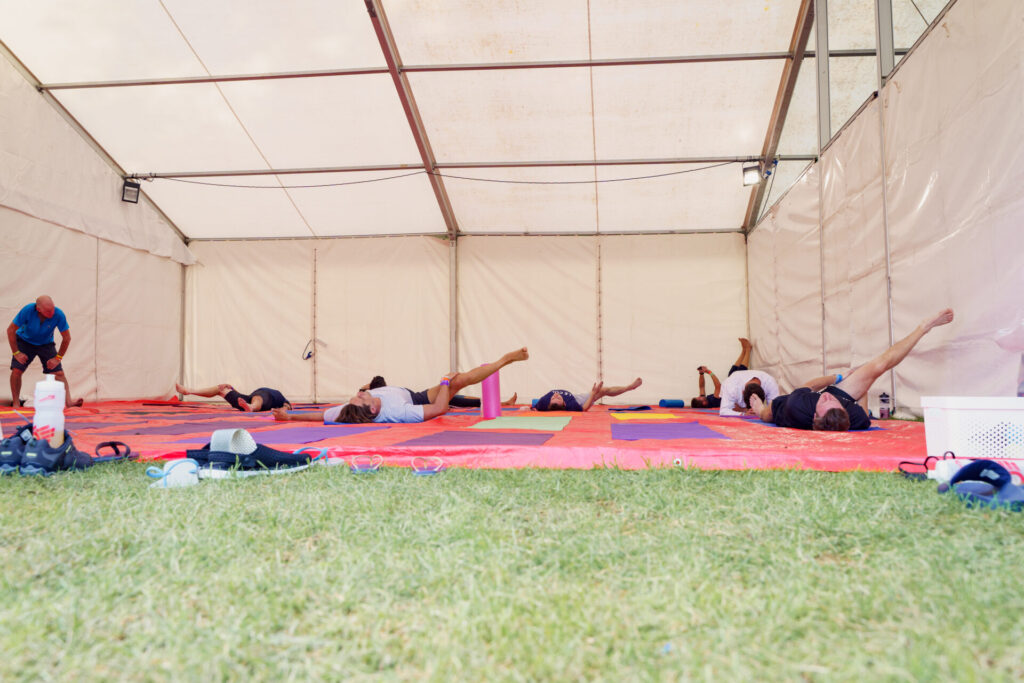
6. Listen to Your Body
No plan is perfect, and no watch can tell you exactly how you feel. If you’re unusually sore, struggling with sleep, or finding it hard to hit your usual paces, these are signs to ease off and focus more on recovery. Recovery is personal. The more in tune you are with your own needs, the better you’ll perform and the more you’ll enjoy your time on the trails.
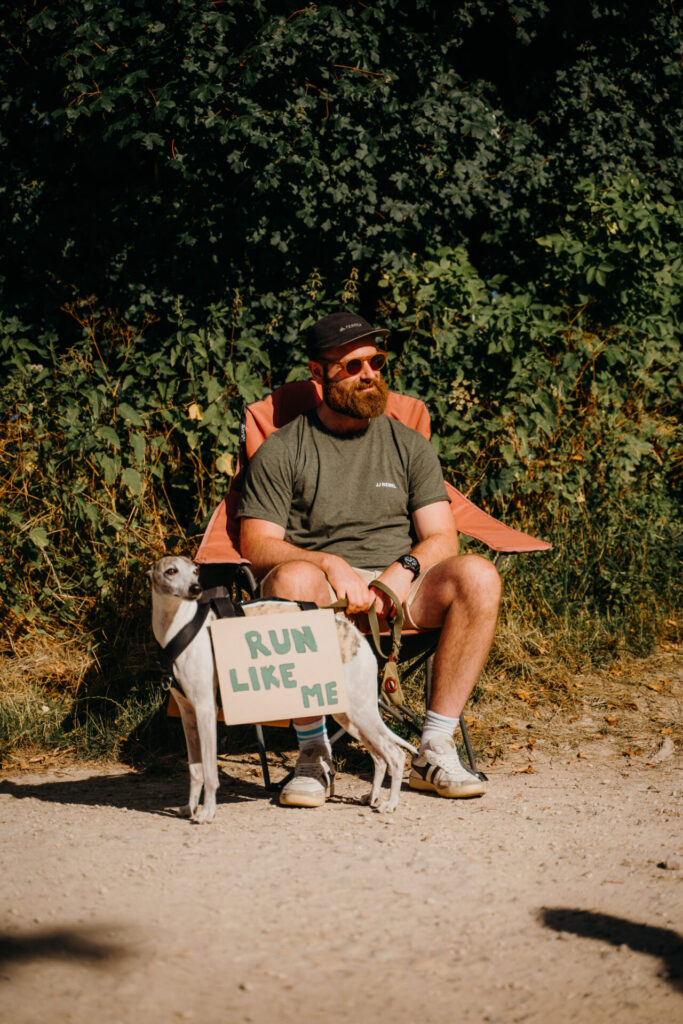
Final Thoughts
Training breaks your body down. Recovery builds it back stronger. By treating recovery as a key pillar of your training — not an afterthought — you’ll be better equipped to stay consistent, avoid injury, and feel good doing the sport you love. Prioritise sleep, fuel well, move mindfully, and above all, respect the process. Your next great trail run starts with how you recover today.

